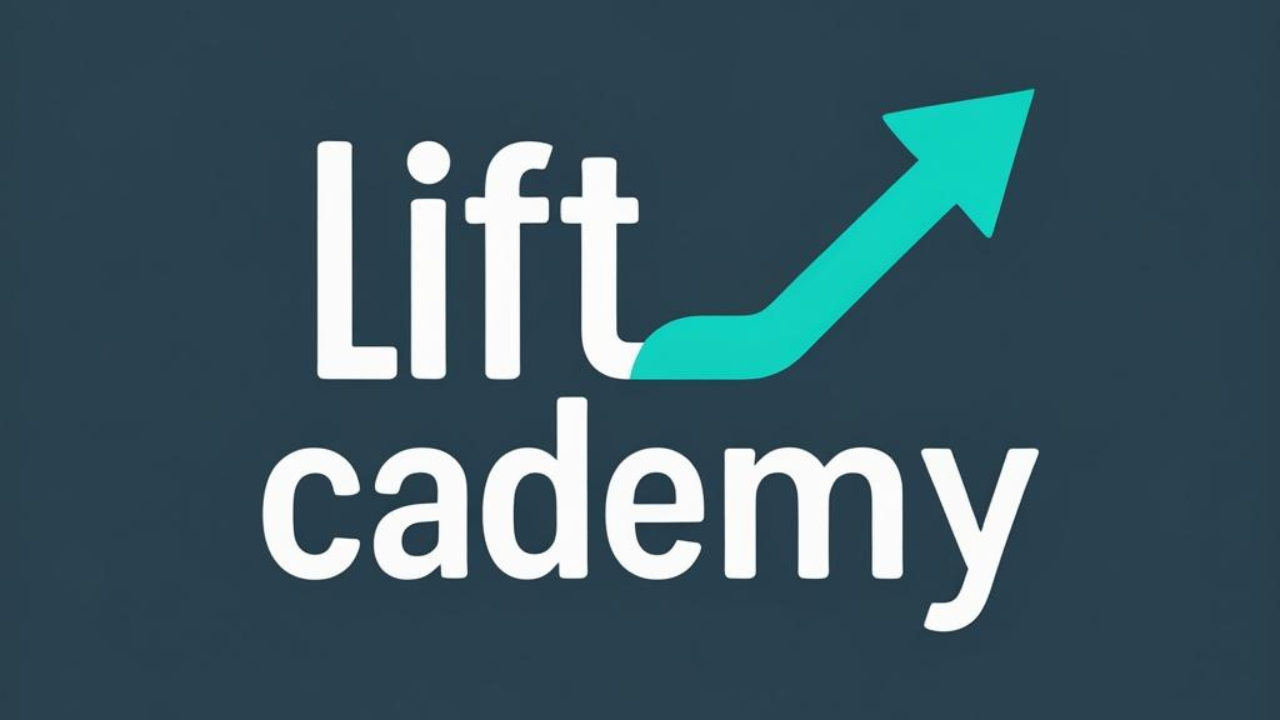Hi doctor,
In this lesson, we’re focusing on one of the most challenging yet rewarding areas to treat with thread lifting: the marionette lines — those vertical lines that run from the corners of the mouth down toward the chin.
Patients often feel these lines make them look sad, tired, or angry. And while many turn to fillers, there’s an art to correcting them with threads — especially when you want to lift, not just add volume.
Let’s go step-by-step through how I approach thread lifting for marionette lines — from anatomy and thread choice to placement and results.
🧠 Understanding the Marionette Line
The marionette line is caused by:
- Downward pull from the depressor anguli oris (DAO) muscle
- Tissue descent from the midface and jowls
- Loss of skin elasticity and collagen
- Volume loss in the pre-jowl area
The deeper this groove becomes, the more shadow and heaviness the lower face shows.
Our goal with threads is not just to “fill in” the line — it’s to lighten the expression, reposition sagging tissue, and reduce that vertical fold by shifting weight back and upward.
✅ Who’s a Good Candidate?
Here’s when thread lifting works best for marionette lines:
- The patient has mild to moderate depth in the lines
- The lower face is showing early signs of ptosis, not advanced sagging
- There’s no major skin redundancy or thick, heavy jowls
- The patient wants natural lift rather than volumization
- Ideal for patients in their 30s to 50s, with decent skin tone
For older patients or those with deep folds, I may combine thread lifting with other treatments (like toxin or filler), but threads alone can offer excellent results if done right.
🧭 My Thread Plan for Marionette Lines
I typically use two key vector strategies here:
1. Lifting Vector from Jowl to Preauricular Area
This thread starts near the marionette line and runs diagonally upward and backward toward the ear. This vector helps lift the soft tissue that’s causing downward pull.
2. Vertical or Slightly Oblique Support Thread
In select cases, I’ll place a short thread directly in the marionette region — not to lift, but to stimulate collagen and tighten the area.
This is more of a support thread, not the main anchor.
The key is to lift the heaviness, not inject into the fold. This gives a lighter, more open lower face — without puffiness.
💉 What Threads Do I Use?
For most marionette cases, I choose:
- Barbed PDO threads – for strong lift and anchoring
- 60–90 mm length – depending on the facial size and lift distance
- 23G or 25G cannulas – for safety and smooth entry
- Sometimes monos or twist threads – as a secondary option for collagen in stubborn grooves
Barbed threads are my go-to for the main vector, while mono threads can enhance fine line texture and reinforce results over time.
✍️ Placement Technique
Here’s how I typically perform this procedure:
- Mark the vector: From just lateral to the marionette line toward the preauricular area or lateral cheek. This line determines the lift.
- Local anesthesia at the entry point: Usually placed near the jawline or slightly below the fold.
- Create a clean entry with a needle, then insert the cannula into the subcutaneous layer, staying superficial to the SMAS.
- Advance slowly along the planned vector, stopping short of the nasolabial fold area.
- Once threads are in place, I retract slightly, compress the tissue upward, and cut the thread ends flush with the skin.
This creates a soft lifting effect, reduces the pull on the marionette line, and subtly restores the lower facial shape.
🛑 What to Avoid
Let me share a few critical points from experience:
- Don’t inject threads directly under the line — lifting works from outside-in, not under the crease
- Don’t place threads too superficial — visible ridges and irregularities can form
- Don’t overcorrect — it can pull the corner of the mouth unnaturally
- Don’t skip midface evaluation — often the heaviness comes from above, not just below
This is a sculpting procedure, not a patchwork fix.
📋 Post-Care Instructions
After the procedure, I recommend:
- Sleeping on the back for 3–5 nights
- Avoiding exaggerated facial expressions, especially frowning or puckering
- No dental work or facials for 2 weeks
- Mild tightness or tenderness is normal — usually resolves within a week
I always remind patients:
“The full lift continues to improve over 2 to 4 weeks as collagen builds around the threads.”
👨⚕️ Final Thoughts
Treating marionette lines with thread lifting is one of the most satisfying parts of facial rejuvenation — because when done well, it softens a heavy, tired expression and restores a more youthful, relaxed lower face.
But this isn’t about chasing folds with filler.
It’s about restoring structure, repositioning soft tissue, and working in harmony with facial dynamics.
Always lift from where the problem comes — not just where it shows up.
That’s the principle that leads to natural, lasting results.
🎓 Want to Learn My Full Marionette Thread Protocol?
Inside my full video training, you’ll see:
- My complete marionette thread procedure on real patients
- Step-by-step marking and placement
- How I customize vectors for different face shapes
- How I combine threads with toxin or filler when needed
- Live explanation of what I see, why I adjust, and what to avoid
It’s 100% online — designed for doctors who want clear, clinical instruction with no fluff.
👉 Click here to enroll now:
🔗 Join the Marionette Thread Lift Module (Insert your Kajabi course link)
Let’s make your thread lifting work cleaner, safer, and more effective — all from a place of precision and clarity.
